Are you looking to transform your backyard into a haven for feathered visitors? The secret to attracting a diverse array of beautiful birds lies not just in hanging a feeder, but in selecting the right seeds that appeal to your desired species. Different birds have distinct preferences when it comes to their dining habits, and understanding these preferences can turn a casual bird-watching hobby into an immersive wildlife experience. In this comprehensive guide, we’ll explore which seeds attract specific bird species, helping you create a customized feeding station that brings the beauty of avian life right to your window.
Black Oil Sunflower Seeds: The Universal Favorite
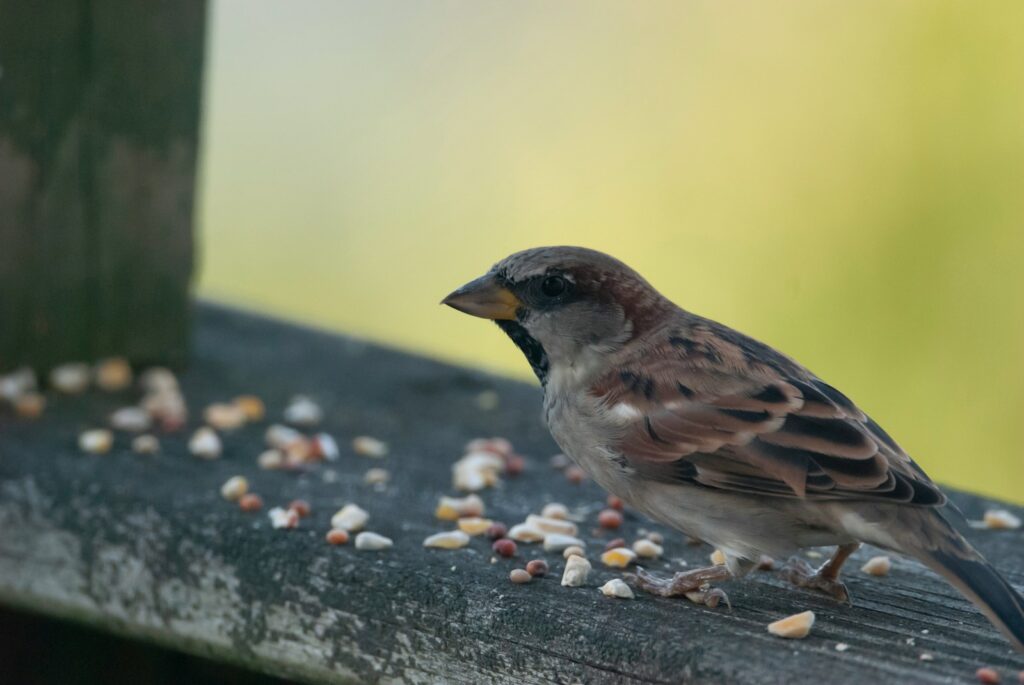
If you’re new to bird feeding or looking for a “one seed fits all” solution, black oil sunflower seeds should be your first choice. These seeds feature a high oil content, providing essential energy for birds throughout the year, especially during colder months. Their thin shells make them accessible to birds of various sizes, from tiny chickadees to larger cardinals and grosbeaks. Black oil sunflower seeds attract an impressive variety of backyard visitors, including cardinals, chickadees, finches, nuthatches, titmice, woodpeckers, and even some species of sparrows. As a bonus, the high calorie-to-weight ratio makes these seeds particularly economical, giving you the most bird visitors per dollar spent.
Striped Sunflower Seeds: For Larger Beaks
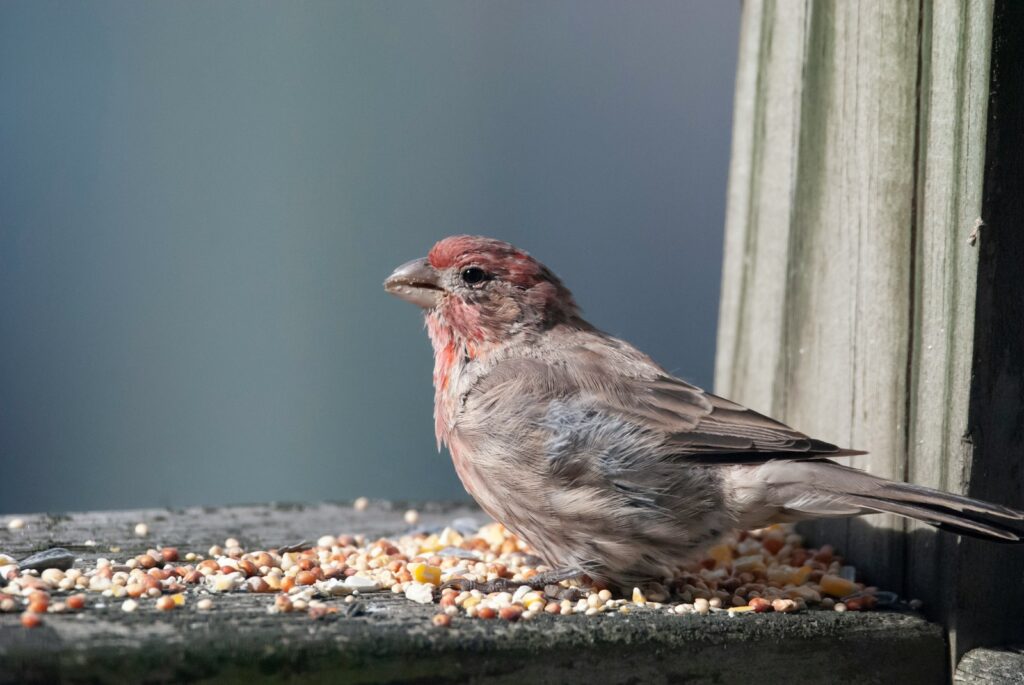
Striped sunflower seeds differ from their black oil counterparts primarily in their thicker, tougher shells. These seeds appeal specifically to birds with stronger beaks that can crack through the more substantial exterior. Cardinals, grosbeaks, jays, and woodpeckers particularly enjoy these seeds and will readily visit feeders stocked with them. The thicker shells also provide an advantage by deterring squirrels and smaller birds that can quickly deplete feeders of other seed types. Though slightly more expensive than black oil sunflower seeds, striped varieties can last longer in your feeder because they attract a more selective group of birds. Remember that the shells tend to accumulate below feeders, so occasional cleanup may be necessary to maintain a tidy feeding area.
Nyjer (Thistle) Seeds: Finch Magnets
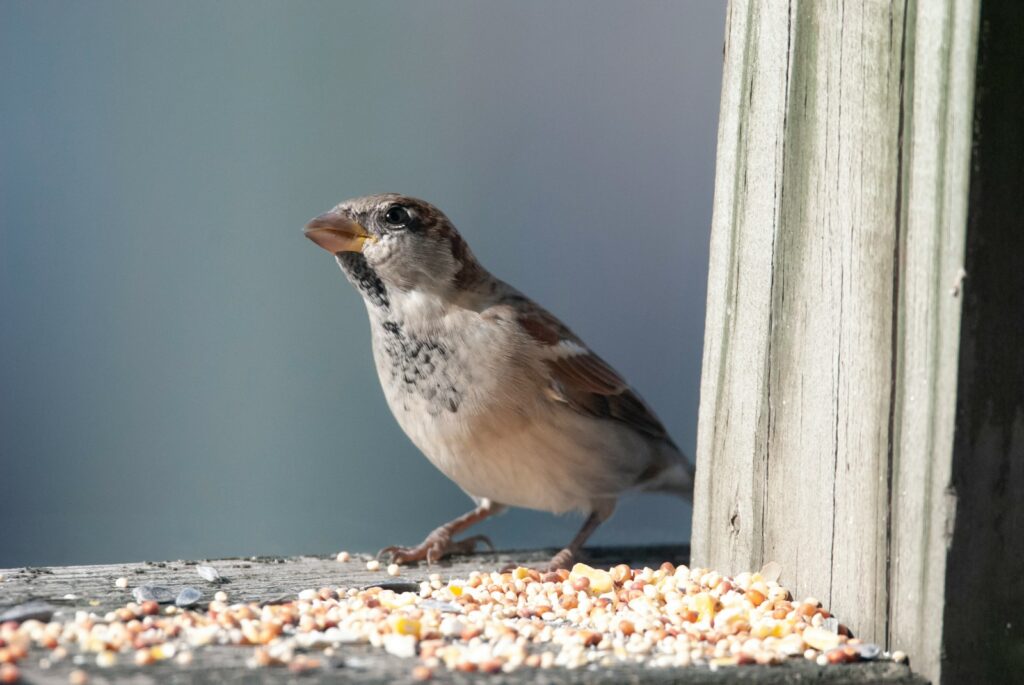
Nyjer seeds, sometimes called thistle seeds, are small, black, high-oil content seeds that are absolute favorites among finches. These tiny, expensive seeds are particularly beloved by goldfinches, house finches, purple finches, pine siskins, and redpolls, who will flock to feeders containing this premium offering. Due to their small size and high cost, nyjer seeds require special tube feeders with tiny ports or sock feeders made of fine mesh that prevent wastage while allowing the small-beaked finches to extract the seeds. The high oil content makes these seeds particularly susceptible to going rancid, so it’s important to purchase them in smaller quantities and refresh your supply regularly. During the finch breeding season, nyjer seeds become even more valuable as they provide excellent nutrition for parent birds feeding their growing nestlings.
Safflower Seeds: Cardinal Attractors
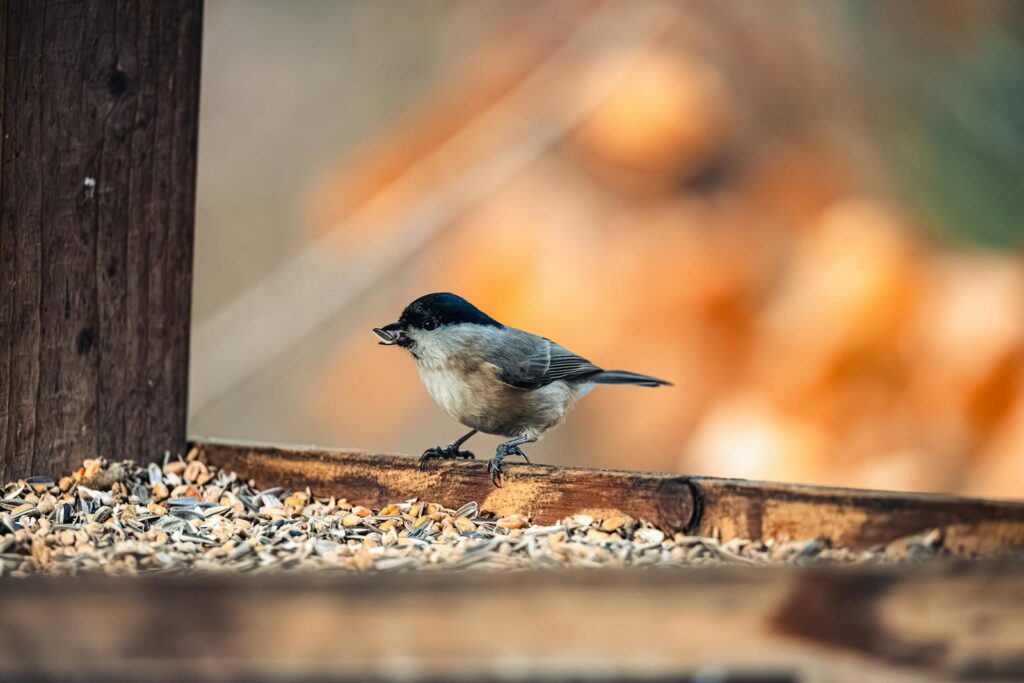
Safflower seeds offer a distinct advantage for bird enthusiasts troubled by squirrels and aggressive birds like European starlings and grackles—these seeds’ bitter taste naturally deters these unwanted visitors. Cardinals love safflower seeds and will faithfully visit feeders stocked with this specialty option. Other birds that readily accept safflower include chickadees, doves, grosbeaks, and native sparrows, making it a versatile choice for attracting desirable species. The white, slightly smaller than sunflower seeds appearance makes safflower distinctive in mixed seed blends. While initially some birds may be hesitant to try safflower, consistent offering often leads to acceptance over time, eventually creating a peaceful feeding station dominated by songbirds rather than bully birds.
Millet: Ground Feeder Favorite
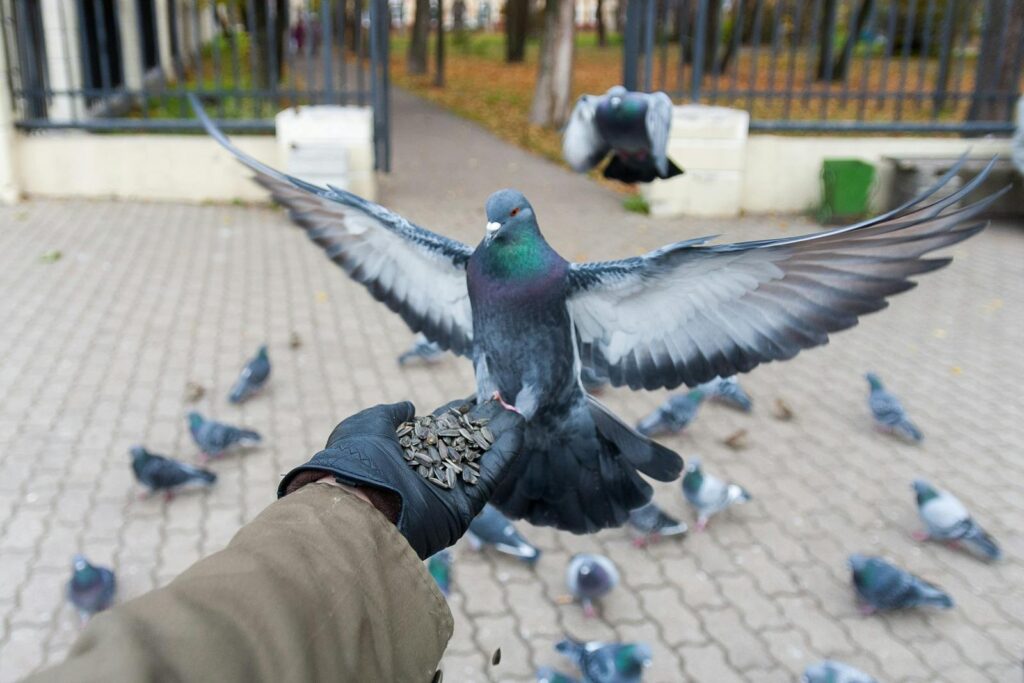
Millet, particularly white proso millet, serves as a staple for many ground-feeding birds that might otherwise ignore elevated feeders. This small, round, pale-colored seed attracts doves, juncos, sparrows, towhees, and quail, creating activity at ground level in your bird-feeding habitat. Platform feeders or simply scattering millet directly on the ground create an inviting dining area for these species. However, be aware that millet left on damp ground can quickly mold, so only put out amounts that will be consumed within a day or two. While red millet is sometimes included in seed mixes, it’s generally less preferred by most North American birds and often ends up as waste scattered beneath feeders. Choosing mixes with white millet or purchasing it separately provides better value and attracts more birds.
Cracked Corn: Budget-Friendly Option
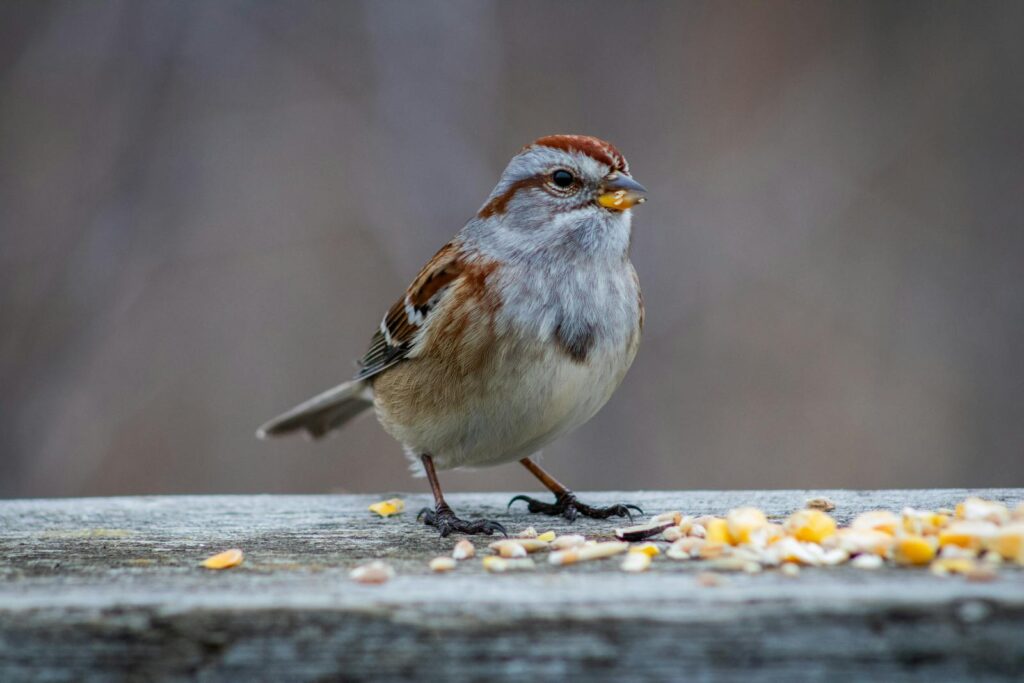
Cracked corn serves as an economical way to attract a variety of larger birds to your feeding station. This inexpensive option appeals particularly to ground-feeding species like doves, quail, pheasants, jays, crows, and wild turkeys. The yellow, coarsely cracked kernels can be scattered directly on the ground or offered in platform feeders accessible to larger birds. Unfortunately, cracked corn can also attract less desirable visitors, including house sparrows, European starlings, and squirrels, so strategic placement may be necessary. Due to its tendency to absorb moisture, cracked corn can develop mold more quickly than other seeds, particularly in humid or rainy conditions. For best results, only put out small amounts that will be consumed within a day or two, especially during wet weather.
Shelled Peanuts: Woodpecker and Jay Delights
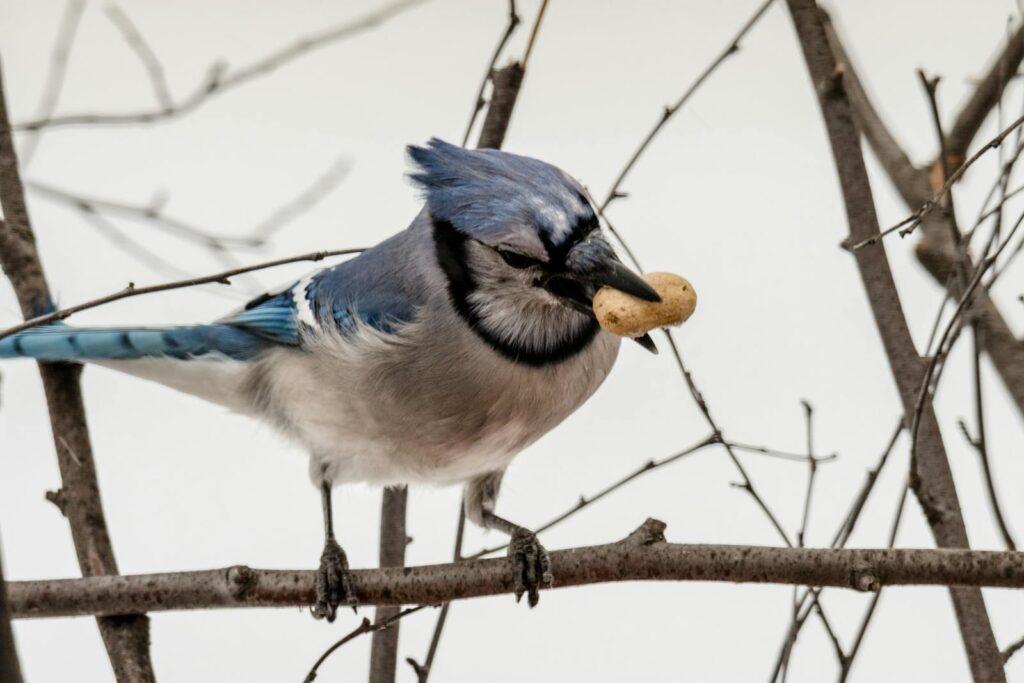
Shelled peanuts represent a high-energy, protein-rich treat that particularly appeals to woodpeckers, jays, chickadees, titmice, and nuthatches. These larger food items require special feeders—either mesh tubes that allow birds to extract pieces or tray feeders sturdy enough to hold the weight. Birds particularly value peanuts during nesting season when protein-rich foods help them feed growing nestlings. Squirrels love peanuts, so if these mammals are problematic in your yard, consider using squirrel-proof feeders specifically designed for offering nuts. Unsalted, raw peanuts are best for birds; never offer salted, flavored, or processed peanuts as these additives can be harmful to avian visitors. During summer months, peanuts can become rancid quickly, so purchase smaller quantities and store them in a cool, dry place.
Suet: Winter Energy Source
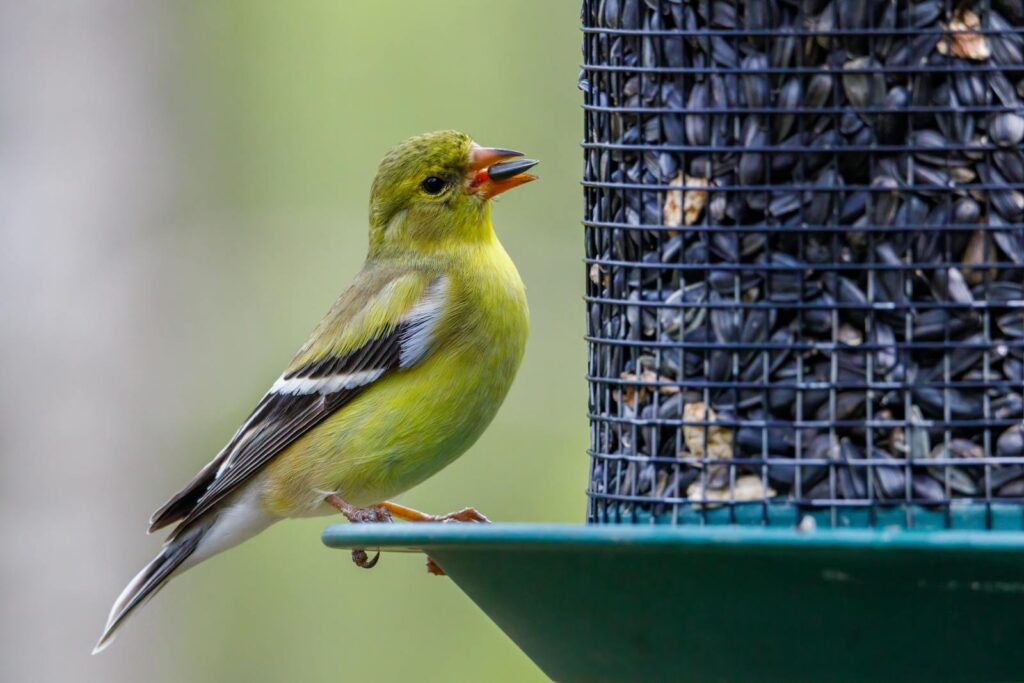
Suet, a rendered beef fat typically mixed with seeds, nuts, or fruits, provides concentrated energy, particularly valuable during colder months when birds need extra calories to maintain body heat. Woodpeckers of all species strongly favor suet, making it one of the best offerings for attracting these spectacular birds to your yard. Other suet enthusiasts include chickadees, nuthatches, wrens, jays, and occasionally warblers and orioles during migration periods. Special cage feeders designed specifically for suet cakes keep this food accessible while preventing larger birds or mammals from taking large chunks. During warmer months, switch to no-melt suet formulations that resist spoiling in higher temperatures. Many bird enthusiasts create their own custom suet recipes, mixing rendered fat with various seeds, dried fruits, and nuts to attract specific species.
Mealworms: Bluebird Magnets
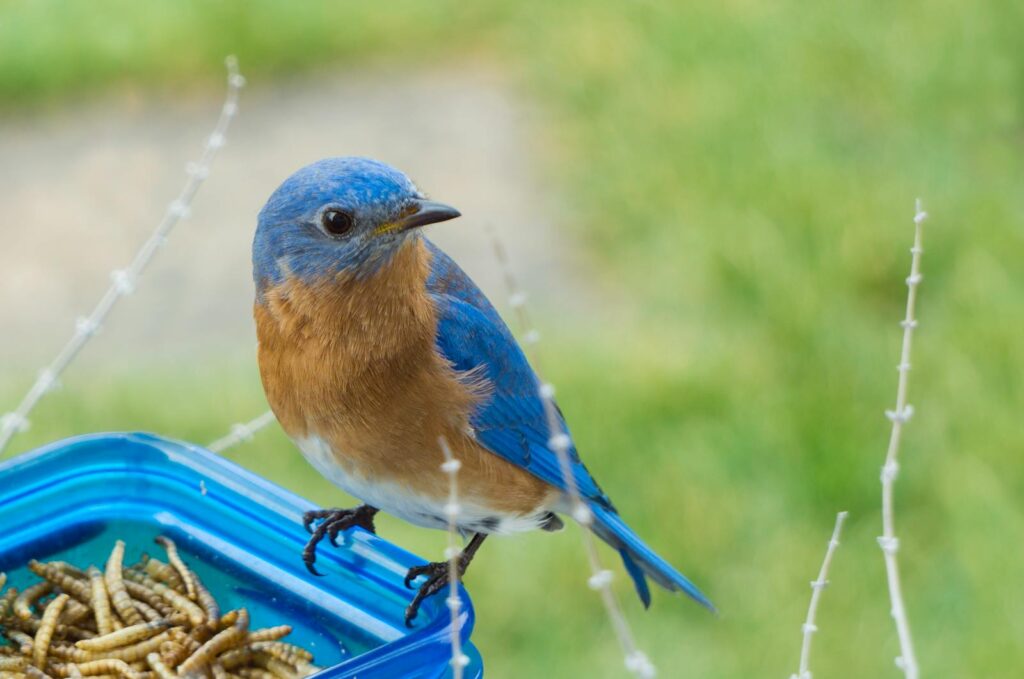
While not seeds in the traditional sense, dried or live mealworms represent one of the most effective ways to attract insect-eating birds like bluebirds to your feeding station. These high-protein larvae of the darkling beetle provide essential nutrition, particularly during nesting season when parent birds need protein-rich foods for their growing young. Besides bluebirds, mealworms attract wrens, robins, chickadees, warblers, and many other insectivorous species that might otherwise ignore seed offerings. Live mealworms create the most excitement but require special handling and care; dried mealworms offer convenience and longer shelf life. Special mealworm feeders with smooth sides help contain these wiggling treats, though small dishes or platform feeders work well for dried varieties.
Fruit and Jelly: Oriole and Tanager Attractors
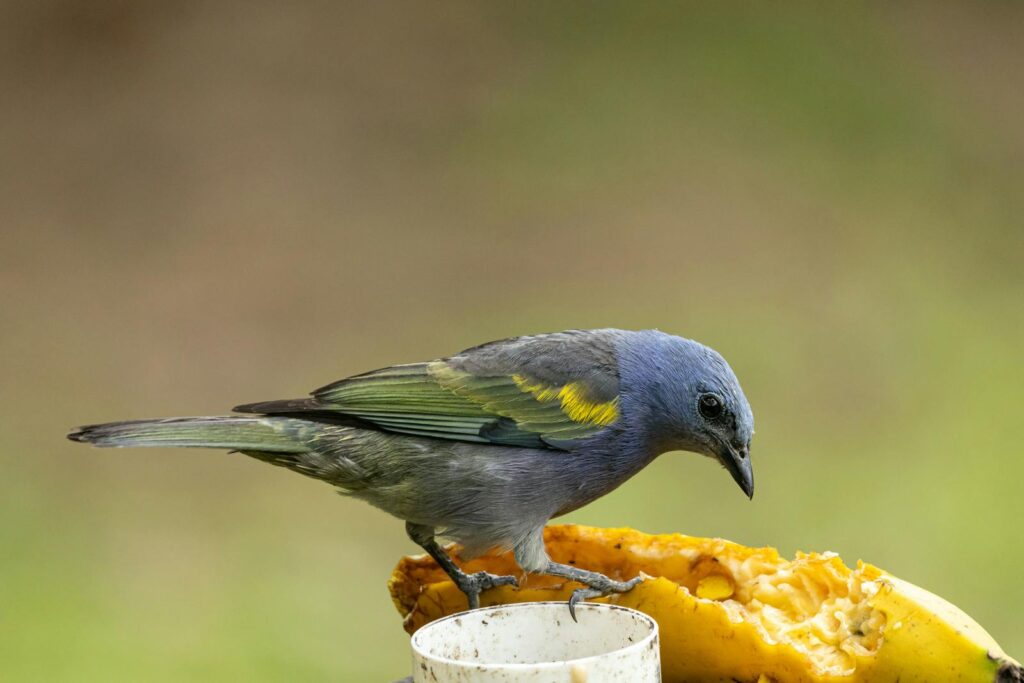
Orioles, tanagers, mockingbirds, and catbirds have a sweet tooth that draws them to fruit offerings rather than traditional seeds. Orange halves, grape jelly, and cut apples create irresistible dining stations for these colorful birds, particularly during spring migration when they first return from their tropical wintering grounds. Special oriole feeders featuring small cups for jelly and pins for securing orange halves make offering these treats easier, though any shallow dish can work for jellies. During peak oriole season, enthusiasts may find themselves refilling jelly cups daily as multiple birds discover this sweet resource. Fresh fruit should be replaced every one to two days, especially in warm weather, to prevent spoilage and potential harm to visiting birds.
Nectar: Hummingbird Essential
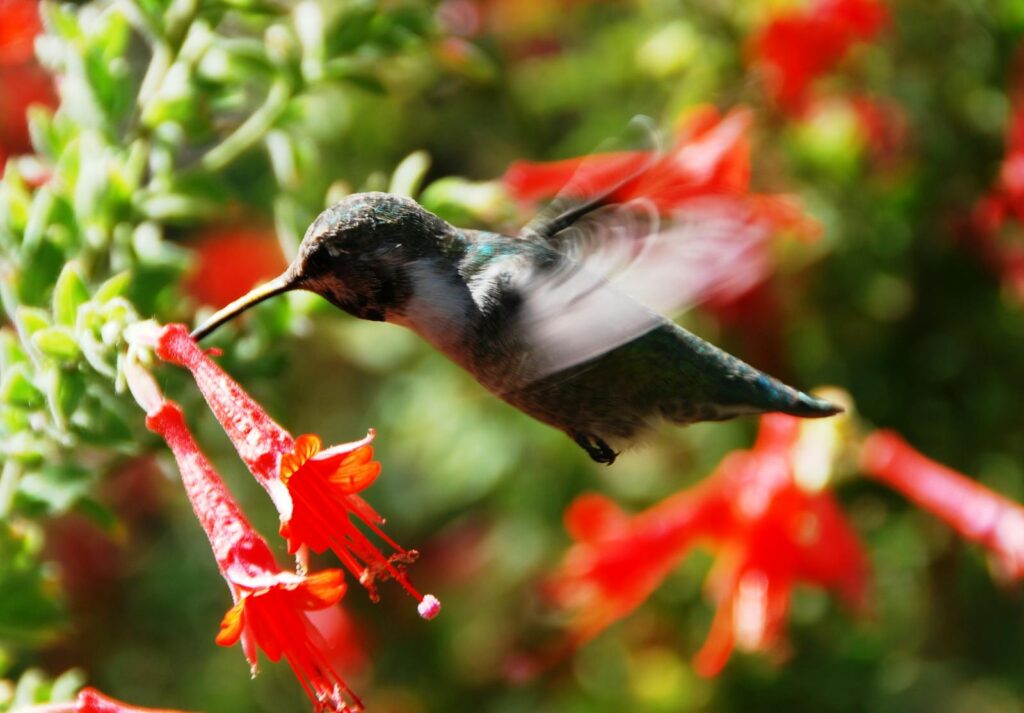
Hummingbirds require a specialized liquid diet that mimics the nectar they naturally extract from flowers. A simple solution of one part white sugar to four parts water creates the perfect hummingbird fuel that powers their incredibly fast metabolism and acrobatic flight. Special hummingbird feeders with red accents (the birds’ preferred color) and bee guards help deliver this nectar safely to these tiny avian jewels. During hot weather, nectar can ferment quickly, potentially causing harm to hummingbirds, so feeders should be emptied, cleaned, and refilled every two to three days during summer. Commercially prepared nectars offering “added vitamins” provide no advantage over homemade sugar water and sometimes contain unnecessary dyes. Avoid using honey (which can promote dangerous fungal growth) or artificial sweeteners (which provide no nutrition) when making hummingbird nectar.
Premium Mixed Seed Blends: Variety Approach
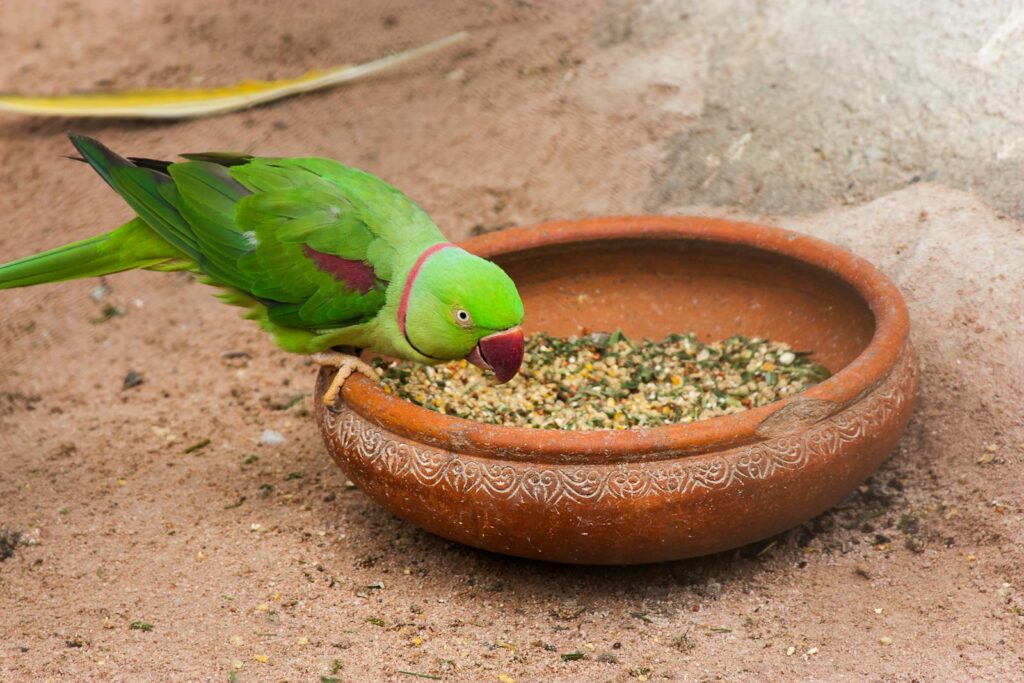
Quality mixed seed blends can provide diversity that attracts multiple species, but careful selection is essential to avoid mixes full of filler seeds that birds reject. Look for mixes dominant in black oil sunflower seeds, with additions of white millet, safflower, and perhaps small amounts of peanut pieces or dried fruits. Avoid bargain blends containing high percentages of milo (sorghum), wheat, or oats, as most desirable backyard birds ignore these ingredients, creating waste and potentially attracting rodents. Regional specialty mixes formulated for birds common to your geographical area often provide better results than generic national brands. Consider purchasing separate seed types and creating your own custom mix based on which birds visit your feeders, eliminating waste while maximizing attraction power.
Seasonal Feeding Strategies

Bird feeding preferences change throughout the year, allowing enthusiasts to modify offerings to match seasonal needs. During spring nesting season, high-protein foods like mealworms, suet, and peanuts become particularly valuable for parent birds feeding growing nestlings. Summer feeding can be lighter as natural food sources become abundant, though maintaining fresh water sources becomes critical during hot months. Fall migration brings different species through your yard, making this an excellent time to offer a diverse selection of seeds to discover which visiting migrants might stop by. Winter represents the most critical feeding period in northern regions, when high-energy, high-fat offerings like black oil sunflower seeds, peanuts, and suet help birds maintain body heat during frigid nights. Adjusting your feeding strategy seasonally not only attracts more species but also provides crucial support when birds need it most.
Conclusion
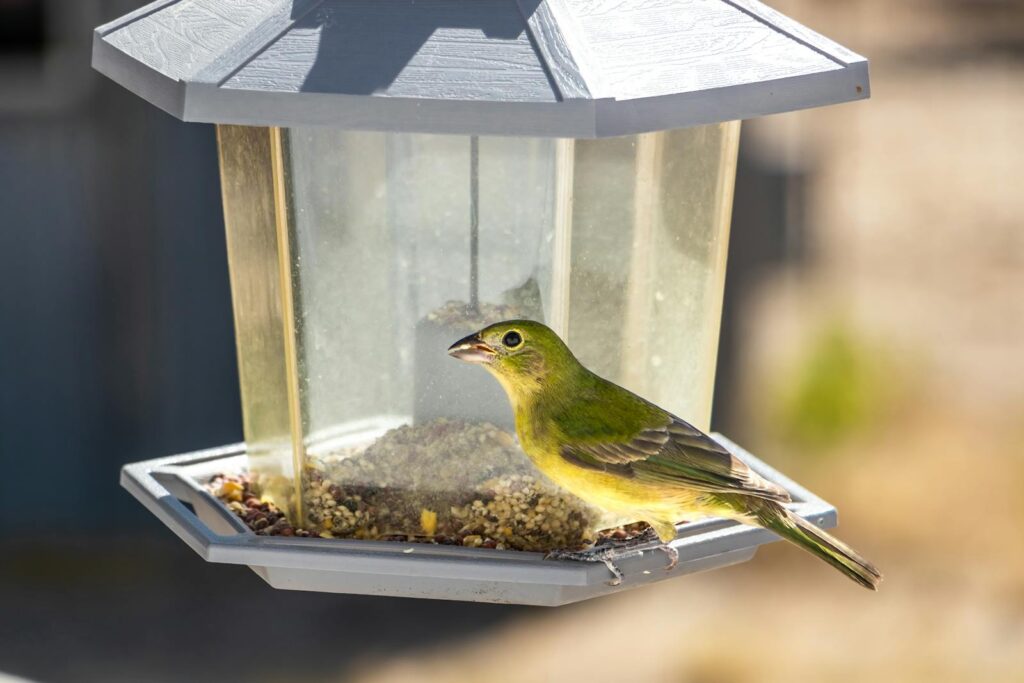
Creating the perfect backyard bird feeding station isn’t about putting out the most expensive or exotic seeds—it’s about understanding which birds visit your region and catering to their specific preferences. Whether you’re hoping to attract brilliant cardinals with safflower seeds, energetic woodpeckers with suet, or iridescent hummingbirds with nectar, the right offerings make all the difference. Remember that consistency matters almost as much as seed selection; birds come to rely on dependable food sources, especially during challenging weather or breeding seasons. By applying the knowledge from this guide, you’ll transform your backyard into not just a feeding station, but a vibrant sanctuary where the fascinating behaviors and stunning beauty of wild birds become part of your everyday experience.
